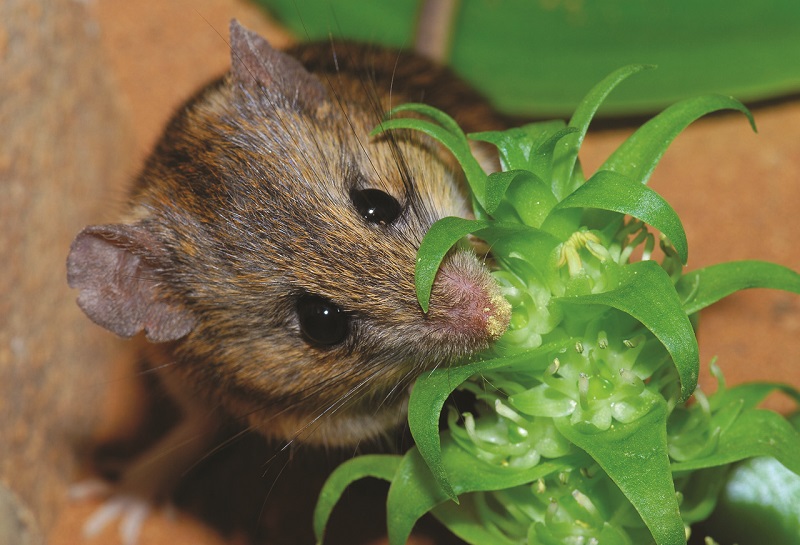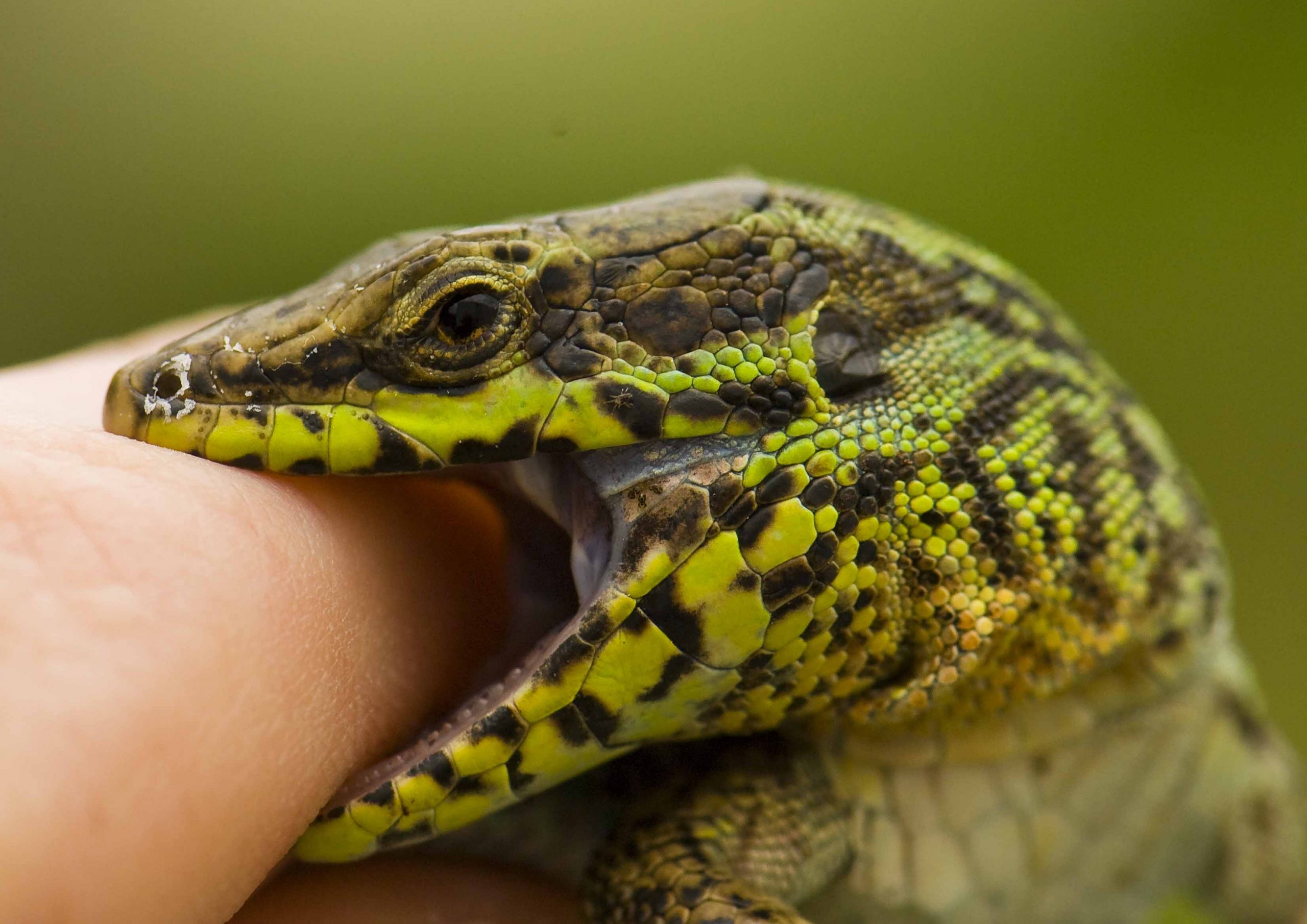From the Community: Respecting animal privacy, rewilding America and reassessing the Dead Zone
Early morning flyovers produce a 3D map of New York City’s environment, scientists analyze lizard competition in the Bahamas, Slate reviews the ecological cost of large scale illegal drug production and golden lion tamarins paint for an auction to fund National Zoo research. Here is the latest news in ecology for the first week in May.

